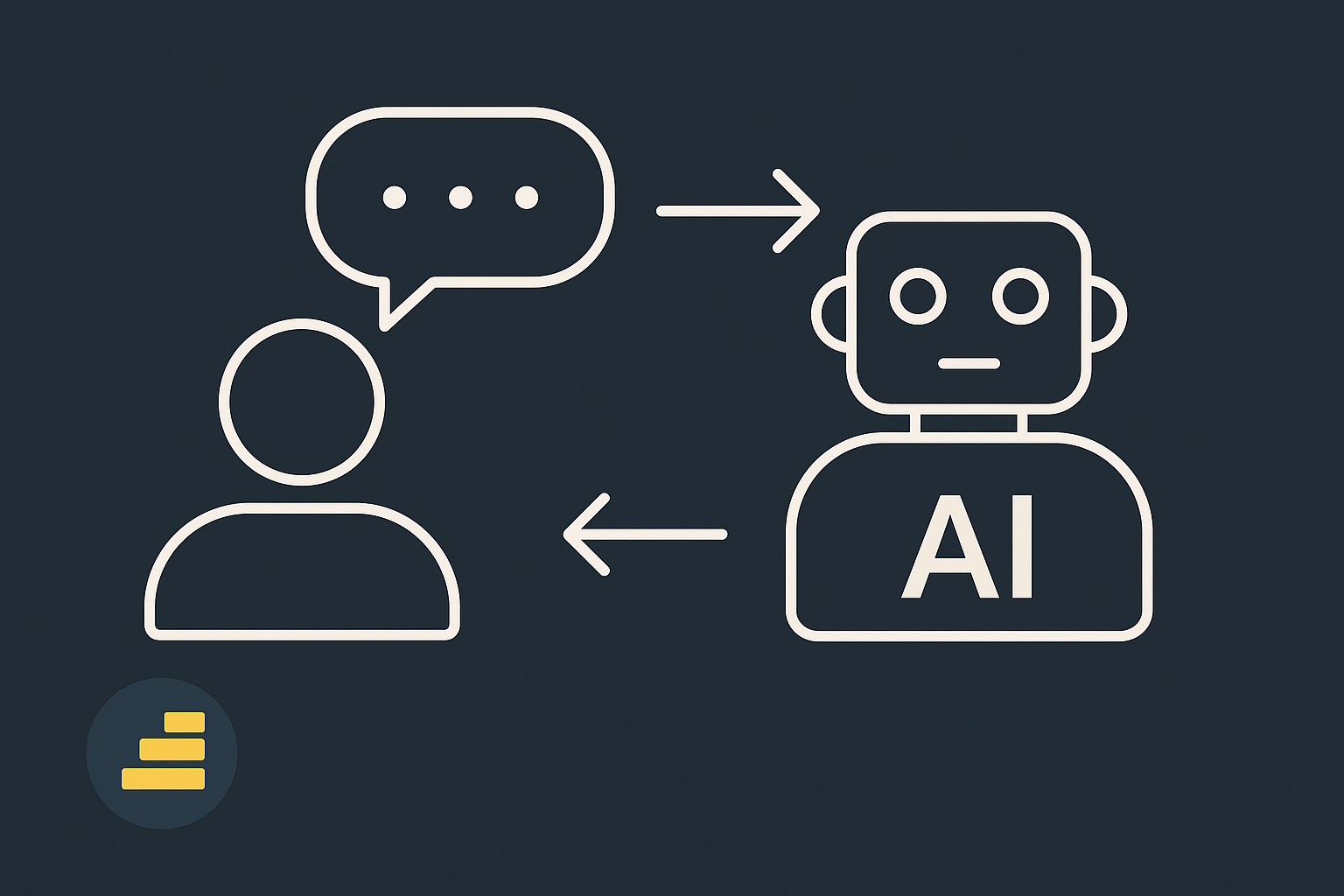From magic to partnership
When I started building Sortit.Now, working with AI felt like magic. I'd ask for something, and it would appear. Fast, shiny, and sometimes even better than I imagined.
But magic wears off quickly. AI is not a senior engineer. It's not even a reliable mid-level developer. The best analogy I found is this: AI is like the fastest junior developer in the world. It can deliver features in minutes, but it constantly needs context, direction, and review.
Once I accepted that, our collaboration got much smoother.

Communication patterns: how I learned to "talk AI"
At the beginning, I would throw vague prompts like:
"Fix the bug with the calendar."
And AI would go wild, rewriting half the app, inventing new modules, and breaking things that worked perfectly fine.
I learned to be specific:
"The bug is in views/Calendar.js. Events duplicate when navigating months. Do not touch other files. The fix should remove old listeners before adding new ones."
The difference was night and day. With the first prompt, chaos. With the second, I had a fix I could actually use.
Lesson: AI doesn't just read your words, it reads your precision.
Task delegation: knowing when to let AI lead
One surprise was realizing there are some areas where AI shines without much hand-holding. For example:
- Generating boilerplate. Setting up new modules, services, or basic UI skeletons.
- Prototyping ideas. I'd say "make the calendar show events in week view," and it gave me three variations to choose from.
- Providing options. Colors, layouts, or even new features (history navigation was AI's idea).
In these cases, it felt more like brainstorming with a creative partner than coding with a machine.
But there were also areas where I had to keep tight control:
- Architecture. Left alone, AI would happily put 3,000 lines into a single file again.
- Debugging. Its fixes often worked by coincidence and introduced new bugs.
- Consistency. AI is terrible at remembering design systems or coding standards unless you repeat them constantly.
Lesson: Let AI run where creativity is welcome, but put it on a leash where discipline matters.
Quality control: the safety net I built
After a few painful refactors, I realized I needed rules. So I built myself a safety net:
- Always review code. No blind acceptance of AI's changes.
- Scope the prompt. Be explicit about which files to touch.
- Use an "engineering contract." A small set of rules (folder structure, no inline styles, no setTimeout hacks).
- Test systematically. Run through all scenarios after every change, even the boring ones.
It slowed me down, but without it, the project would have collapsed.
The pitfalls of working with AI
Even with all the rules, AI collaboration came with traps:
- Overconfidence. When it gives you a detailed explanation, it sounds right, even if it's completely wrong.
- Context loss. AI forgets what you told it yesterday, so you have to repeat rules constantly.
- Overengineering. It loves to propose big, elegant solutions to small problems.
- Addiction to speed. The first days made me expect everything instantly. When reality slowed down, frustration hit hard.
The unexpected benefits
It wasn't all pain. Some things surprised me in a good way:
- It made me more disciplined. I had to write clearer prompts, clearer rules, clearer goals.
- It boosted creativity. Having someone (or something) constantly throwing ideas at you makes you more open to new approaches.
- It made solo work feel less lonely. Debugging at 11pm is less miserable when you have an AI partner to bounce ideas off.
Lessons from human-AI collaboration
- Treat AI like a junior developer. Fast, creative, but in need of constant guidance.
- Precision matters. Vague prompts equal vague results.
- Know when to delegate. AI is great for boilerplate and options, terrible for architecture and discipline.
- Never skip review. Every single change must be checked.
- Stay in control. If you let AI lead without supervision, it'll build chaos at lightning speed.
Closing
By the time I finished Sortit.Now, I no longer saw AI as magic. I saw it as a teammate, incredibly fast, sometimes brilliant, often messy, but always useful if managed well.
In Part 7, I'll reflect on the bigger picture: what worked, what didn't, and what I'd do differently if I had to start over.